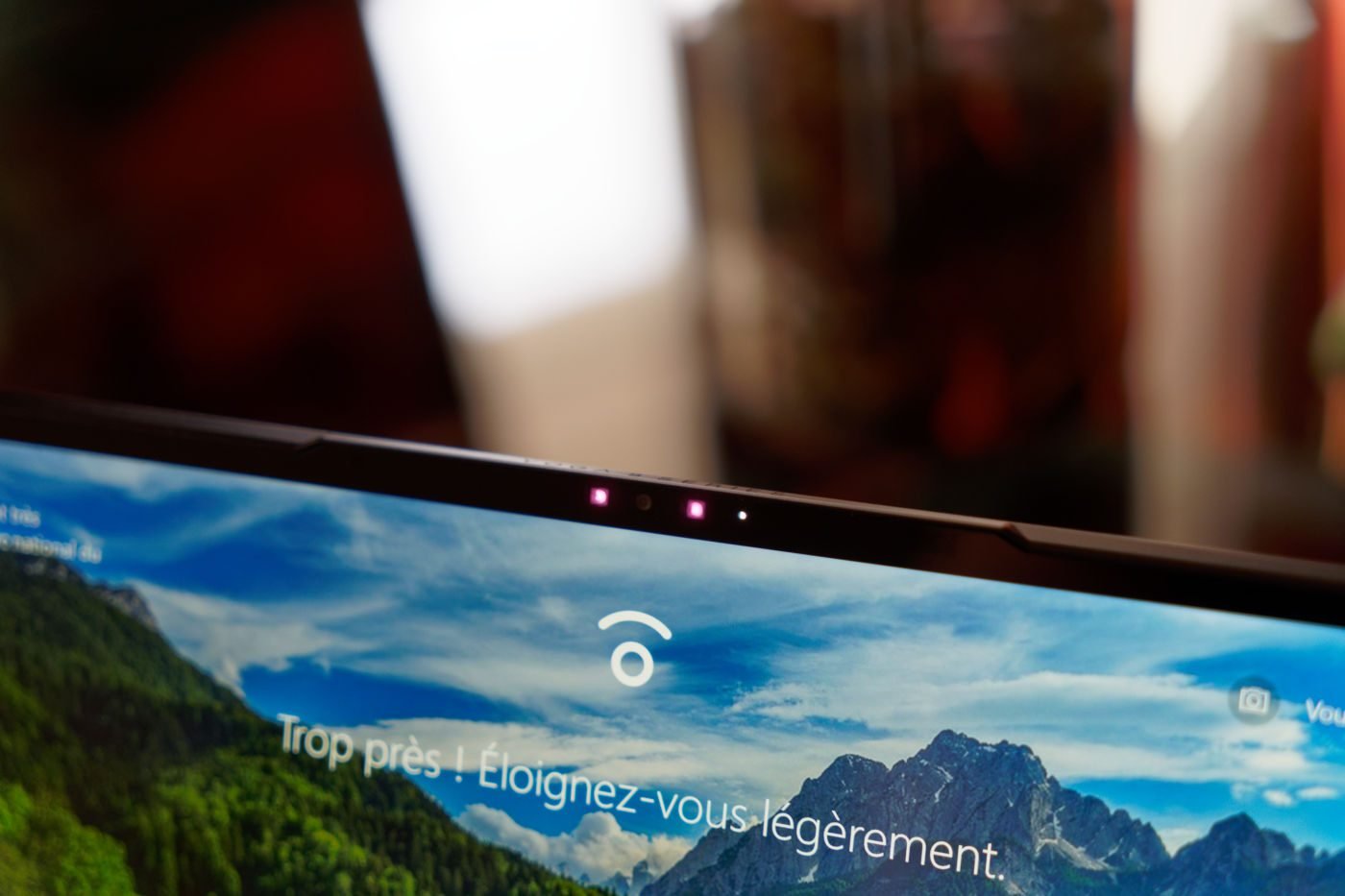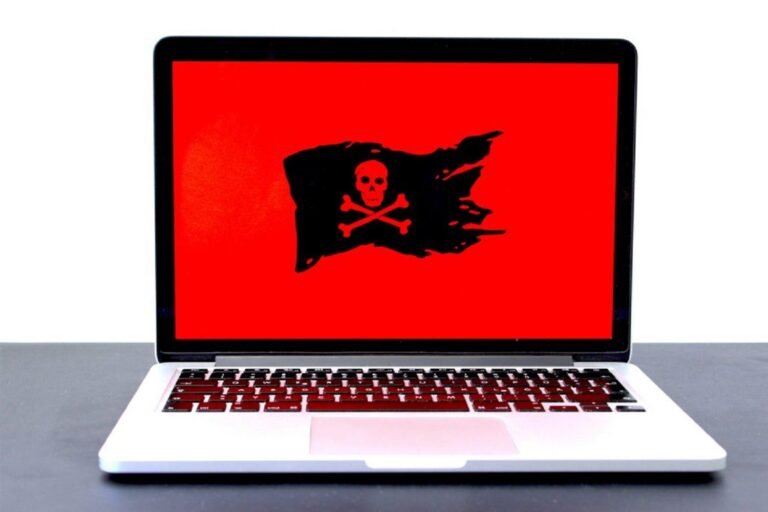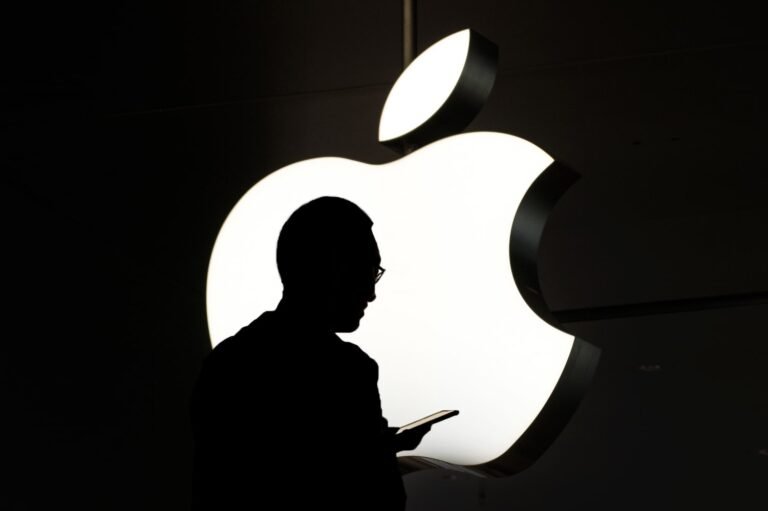
Films and series have largely contributed to generating a certain psychosis around this small goal located near the screen of your computer. Webcam is often perceived as a front door to your privacy within the reach of any hacker.
Even Mark Zuckerberg, Meta director (Facebook), uses a cache for his webcam. The former director of FBI James as too. The revelations of Edward Snowden on the massive spying of the NSA did not help to lift this psychosis around the webcams.
Is the famous little bit of tape glued to the webcam really a good way to prevent being spied on by hackers? Well According to experts, this method is completely ineffective.
“Caches are of no use”
In an article of Huffpost Speed by Slate security experts explain that using a cache on the webcam is useless. Nizel Adams, owner of Nizel Corp (Information Technology Consulting Company), assures that “Caches are of no use in confidentiality”. And to ironize: “They have a minor interest in preserving the objective of the dust”. He adds:
I understand paranoia, no one likes to feel vulnerable, but I have been working in this sector for over twenty years, and I know that the vast majority of computer administrators have no idea how to access to someone’s webcam from a distance, and even less without the light on it.
According to him, to activate the webcam remotely, a hacker must be in possession of many confidential information that you alone have. “Even if a hacker is aware of your password, he will need more information to access your screen, such as the external IP address of the network, that of the computer, and an open port number” he explains.
The only way for a hacker to access your webcam is to use software that you need to install beforehand. He must therefore find a method to convince you to install this software.
Better than a cache, your vigilance
To make your webcam controlled by a third party, you must therefore have authorized access to your computer, in one way or another. There is only hacking if there is a human error.
It is therefore more prudent to be vigilant in your daily use. For example, deactivate the automatic launch of the webcam before a Visio. Always check that the light is not on before or after.
Above all, apply the basics: use a complex password (with capital letters, tiny, figures and special characters), do not click on questionable links, never rush and never open attachments from email addresses that You seem shady.
Do you have to do without cache? Michael Covington, vice-president of the portfolio strategy at JAMF (Apple Apple Management Platform) explains that “The cache allows the user to keep control if the camera lights up accidentally due to a bug, or if the application developers capture or steal data via the authorization of the camera”. But even in this situation, recent machines carry a functionality that warns directly on the computer screen (orange or green light in the notification panel) that an application uses your camera and/or micro.
In absolute terms, hiding your webcam with tape is therefore not necessary. But if you are the very very prudent type, you are of course free to do as you want.




